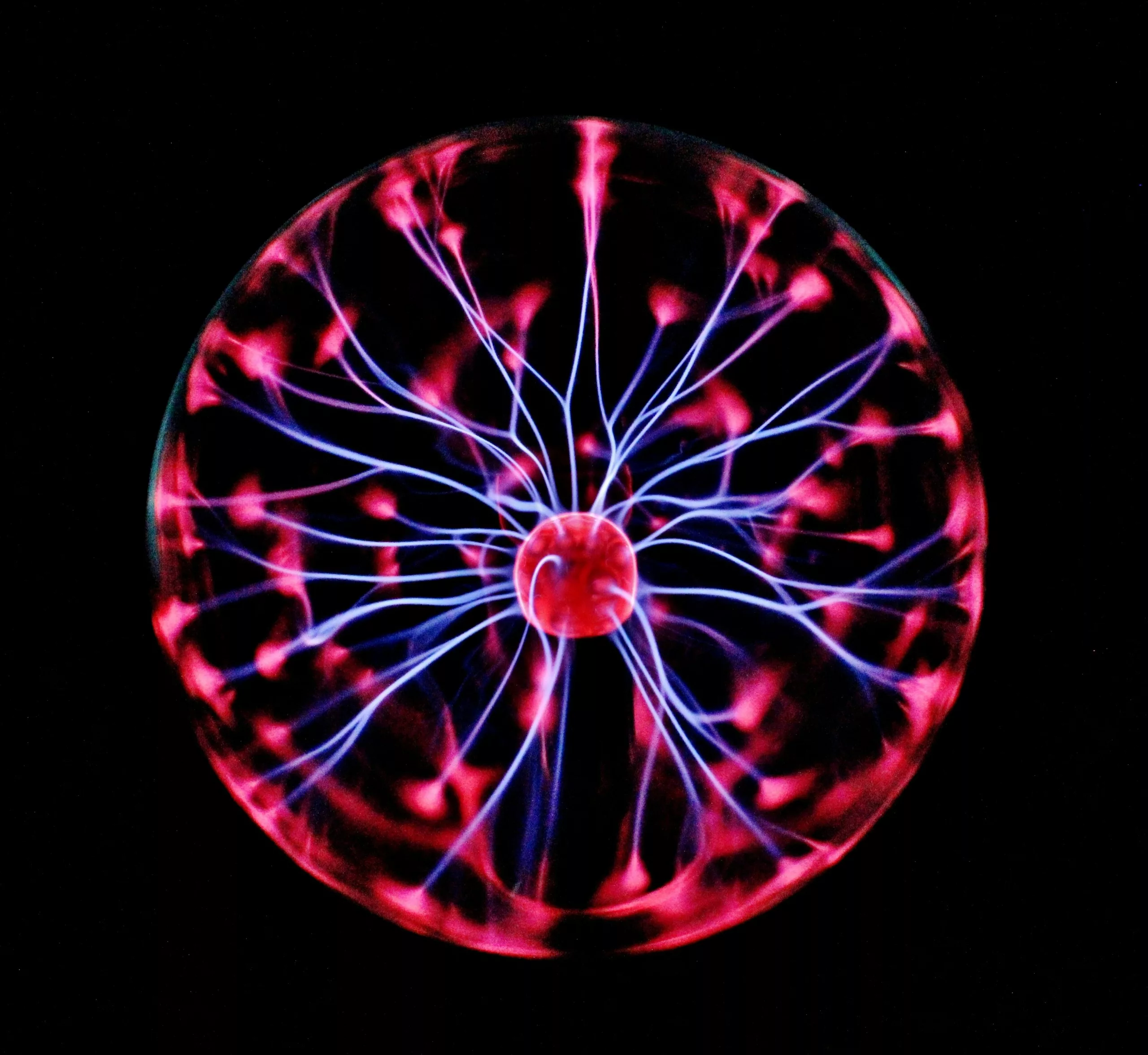Revolutionary research spearheaded by Oak Ridge National Laboratory‘s leading scientists, Marti Checa and Liam Collins, marks a significant milestone in our quest to comprehend the intricate dance of electric charges at the microscopic scale. As documented in Nature Communications, this innovative method sheds light on processes crucial to enhancing a host of electronic devices, including potent batteries and efficient solar cells.
Seeing Electrons in High Definition
The novel technique introduced by the team is like a window into the world of electrons, providing an unprecedented view of their swift journey. Traditional methods only scratch the surface, offering an image akin to a blurred photograph, but Checa and Collins’ method reveals the elegance of charge motion with the clarity of a high-definition video. It is a remarkable leap from catching fleeting snapshots to observing these energetic particles in vibrant detail.
The Science Behind the Breakthrough
Employing a sophisticated scanning probe microscope that’s both swift and precise, the researchers have crafted an automated control system. This system deftly traces a specialized spiral path, capturing copious amounts of data at an extraordinary pace—thousands of times faster than what was once thought achievable.
Transforming Nanoscale Visualization
The implications of this advanced visual capture and thorough analysis extend far beyond the lab. Envision, if you will, peering at a hummingbird’s wings, where every minute feather movement is crystal clear—a parallel Collins draws to emphasize the precision of their groundbreaking tool.
Integrating state-of-the-art computer vision techniques, the team has not only pushed the boundaries of what can be seen but also painted a fuller, more dynamic portrait of charge behaviors at the nanometer scale.
The upshot? This method isn’t confined to the pages of academic journals. It equips the Center for Nanophase Materials Sciences at ORNL with a more robust toolkit, promises to spark discovery, and paves the way for advances across a diverse range of materials and devices.
